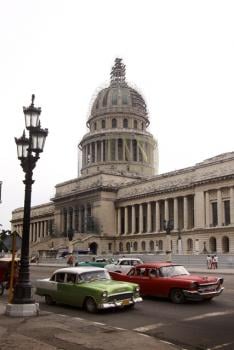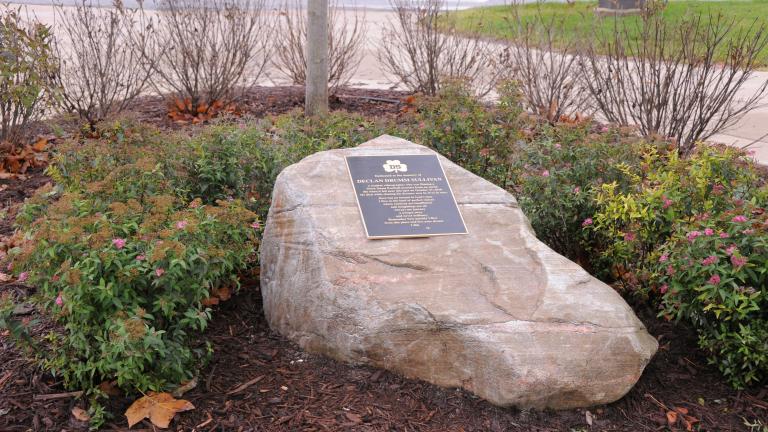 They call it the Rome of the Americas. Havana, Cuba is one of the world’s great cities architecturally. It is also economically isolated due to an embargo and the fall of the Soviet Union, following years of Cold War isolation. And so the city appears frozen in time, filled with charm and seemingly in decay, lacking the resources to restore its crumbling treasures.
They call it the Rome of the Americas. Havana, Cuba is one of the world’s great cities architecturally. It is also economically isolated due to an embargo and the fall of the Soviet Union, following years of Cold War isolation. And so the city appears frozen in time, filled with charm and seemingly in decay, lacking the resources to restore its crumbling treasures.
For the past few years, The University of Notre Dame School of Architecture, one of the only architecture schools in the country to focus exclusively on classical and traditional architecture, has been sending professors and students to Havana during the summer to study the architecture, work with the Office of the City Historian, as well as provide humanitarian support to a local convent. When the students return to the U.S., they participate in a studio class where they design city plans and buildings that they imagine would help revive the city and strengthen its urbanity.
Geoffrey Baer brings us a behind-the-scenes look at the experience of Midwestern architecture students who have traveled the 90 miles from Miami to Cuba and returned inspired by the urban potential of Havana. The connection between the university and the city of Havana extends further than the summertime program. The first graduate of Notre Dame’s architecture program, Eugenio Rayneri Piedra, was the architect of El Capitolio, Havana’s Capitol Building.
View a slideshow of Havana, Cuba.
Photos courtesy of Jacques Levet.




